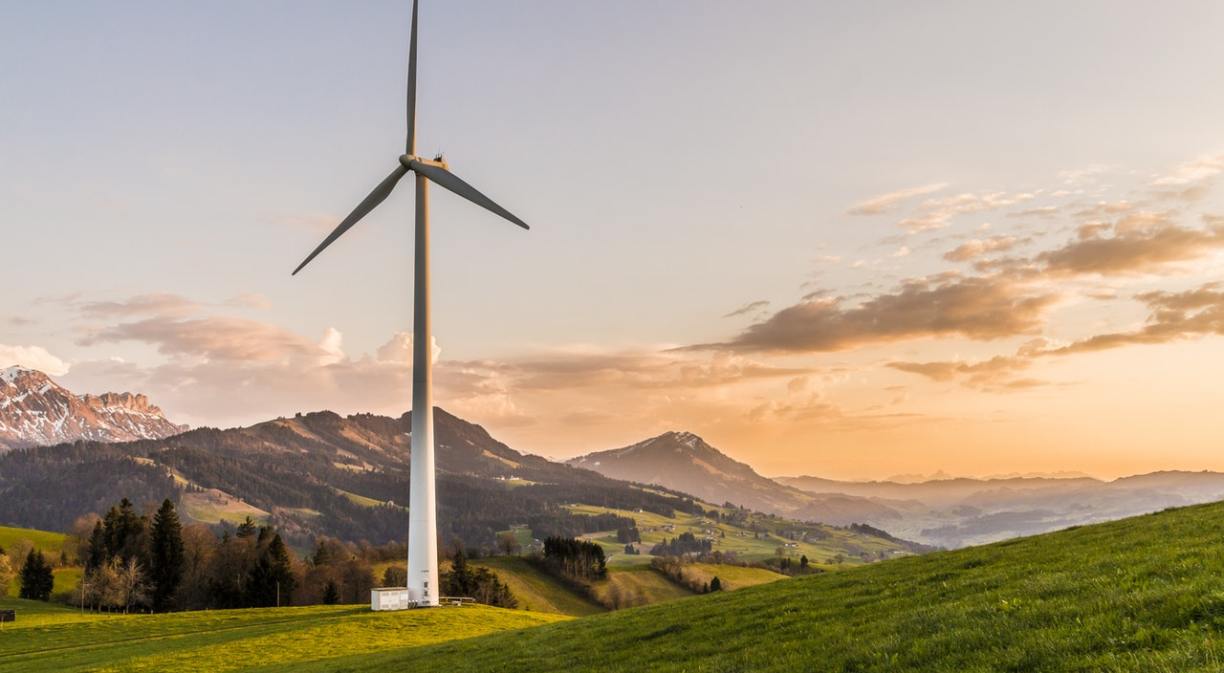Over the last few years, technology has been placed at the service of the planet, constituting a tool that’s essential for driving the transition towards a circular economy and sustainability, whereby productive and economic development doesn’t exclusively depend on the intensive use of natural resources and the generation of waste.
What does the circular economy involve?
It’s a production and consumption model that replaces the traditional manufacture, use and disposal cycle with one that prioritises the recycling and reuse of products, significantly extending their life span and minimising the use of resources.
It’s key to environmental sustainability, because, by prioritising recycling and reuse, it eliminates the disproportionate use of natural resources from production and consumption. This is essential if we bear in mind that the Earth takes almost a year and a half to regenerate what we consume each year.
What does sustainability involve?
This concept began to gain momentum following the 1987 UN Brundtland Commission Report, which defined sustainable development as any that “meets the needs of the present without compromising the ability of future generations to meet their own needs”.
The aim is to reconcile economic development with the protection of the social balance and the environment. It’s therefore becoming increasingly popular when it comes to discussing how to care for the planet and achieve social equity without jeopardising economies.
How can technology assist in the development of the circular economy and sustainability?
Environmental problems related to economic activities can be prevented by implementing efficient, clean and safe processes that respect the planet. This can be made possible thanks to different technologies, such as digital analytics systems, artificial intelligence, the Internet of Things (IoT), blockchain and big data.
For example, IoT in the rural world can facilitate the data-driven planning of activities and reduce water and input consumption, enabling agricultural crops to produce more with fewer resources. This can have a significant impact when we consider how to care for the planet, as agriculture accounts for 70% of the world’s water withdrawals, and, when it’s carried out in an intensive manner, it can lead to soil degradation, biodiversity loss, deforestation and habitat defragmentation.
Technology: key to optimising resource and waste management
Nothing’s comparable to helping to conserve the environment and consolidating the circular economy by means of technology and innovation applied to resource management, waste disposal and pollution in the value chains.
The different technologies applied to this field include sensors, artificial intelligence and big data in the processes for the identification, classification, treatment and definition of the waste’s quality.
Examples of the above include:
Smart agro for environment-friendly agriculture: the main goal of smart agriculture is to monitor and visualise the data related to the countryside’s assets by means of digital technologies in a geo-referenced way. This simple basis is reflected in much more effective control and it also facilitates the taking of remedial actions when events whose results may have a negative impact on the environment (e.g. poor resource management) occur. The main technologies involved are sensors, digital platforms, big data and, in some cases, the use of drones.
Upcycling (food recycling): this trend has been ranked by John Ruff, director of science and technology at the Institute of Food Technologists (IFT), among the top three scalable technologies for combating food insecurity and reducing poverty. At the 2021 Anuga FoodTec fair, the exhibitors showcased different innovative technologies and processes for obtaining high-quality raw materials from by-products, such as membrane separation and ultra-filtration to create protein products.
Industry 4.0 for waste management: the International Solid Waste Association (ISWA) presented the report on how Industry 4.0 can transform the waste sector, in which it outlines the interaction between technological innovations, the circular economy, solid waste pollution and climate change. Robotic sorting systems can work 24/7 on the systematic collection and classification of waste, while drones can, for example, control the volume of discarded materials and potential leachate and gas leakages.
Carbon capture and storage in production processes: one of the kinds of waste that has had the greatest impact on the environment is, in fact, not as solid or palpable as the word “waste” suggests. We’re referring to carbon. Carbon capture and storage technologies seek to prevent the former from reaching the atmosphere by means of high technologies, with the option of it being used in hydrocarbon recovery processes. Although these technologies were originally purely mechanical and thermodynamic, the use of digital meters to optimise carbon storage, typically underground ones, is currently key.
According to the 2022 Circularity Gap Report drawn up by the global Circle Economy organisation, only 8.6% of the global economy is circular. Hence, the importance of companies beginning to assess how they can help to conserve the environment by implementing technologies that promote circularity and sustainable development.
